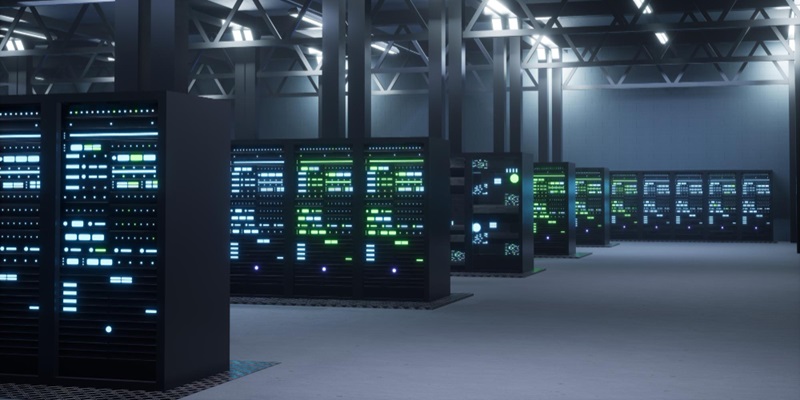In today’s data-driven world, data centers play a crucial role in storing and processing vast amounts of information. With the ever-increasing demand for faster computing and storage capabilities, the need for efficient cooling solutions has become paramount. As data centers continue to expand and evolve, operators are continually seeking innovative ways to enhance cooling systems. This article explores the latest advancements in data center cooling and provides insights into future trends.
Immersion Liquid Cooling
One of the most effective and reliable cooling methods gaining popularity in data centers is immersion liquid cooling. This technique involves submerging IT equipment, such as servers and storage devices, in non-conductive liquid to dissipate heat. Immersion cooling is highly efficient because the liquid has a significantly higher heat transfer capacity compared to air. As a result, data centers can effectively cool their equipment while reducing energy consumption. The ongoing boom in data center construction has made it increasingly feasible for operators to integrate immersion cooling in new facilities, further improving overall cooling efficiency.
Direct-to-Chip Cooling
While the benefits of immersion liquid cooling are evident, retrofitting existing data centers with this technology can be cost-prohibitive. However, data center operators have an alternative: direct-to-chip cooling. This method involves cooling the individual microprocessors within server units. By placing cooling units directly atop the chips, heat dissipation becomes more efficient, enhancing overall cooling effectiveness. Direct-to-chip cooling offers a cost-effective solution for existing data centers seeking to improve cooling efficiency without major infrastructure modifications. However, it should be noted that this method may not be as efficient as immersion cooling, as it primarily targets specific components within servers.
Importance of Quiet Cooling Systems
Data centers are notorious for high noise levels generated by cooling systems. The loud environment has long been a concern for both operators and employees working in such facilities. However, there is growing recognition of the benefits of liquid immersion cooling, which happens to be the quietest type of cooling system. By submerging IT equipment in a non-conductive liquid, noise levels are significantly reduced compared to traditional air-cooled data centers. The adoption of quieter cooling systems not only creates a more pleasant working environment for data center staff but also addresses noise-related challenges in densely populated areas.
Airflow Optimization
Airflow optimization is gaining traction as a strategy to enhance cooling efficiency without the need for costly reconstruction projects. By ensuring proper airflow management within data centers, operators can optimize cooling effectiveness and reduce energy consumption. This can be achieved through measures such as hot and cold aisle containment, strategic placement of vents, and the use of blanking panels to redirect airflow. Implementing these optimizations can lead to more efficient cooling while minimizing the risk of hotspots and equipment overheating, ultimately improving the overall performance of the data center.
Monitoring of Cooling Systems
Monitoring cooling systems is crucial for optimal performance and energy efficiency. By continuously monitoring temperatures and airflow within data centers, operators can gain valuable insights into the effectiveness of their cooling infrastructure. Real-time data enables early detection of potential issues, preventing equipment failure and reducing downtime. The deployment of advanced sensors capable of monitoring temperatures and airflow is expected to be a significant data center trend in the upcoming year, further enhancing efficiency and enabling proactive maintenance.
Future Trends in Data Center Cooling
Looking ahead to 2024, data center cooling innovations are projected to focus primarily on developing new methods for increasing cooling system efficiency. With sustainability and energy efficiency becoming more critical than ever, data center operators are actively seeking innovative solutions that minimize their environmental footprint. These advancements may include improved liquid cooling technologies, enhanced heat transfer materials, and novel approaches such as utilizing renewable energy sources for cooling purposes. The future of data center cooling holds great promise for increased efficiency and reduced energy consumption.
Efficient cooling is a critical factor in data center performance, reliability, and energy consumption. The adoption of immersion liquid cooling and direct-to-chip cooling techniques offers data center operators effective strategies for enhancing cooling efficiency. Additionally, the recognition of the importance of quiet cooling systems, the implementation of airflow optimization strategies, and the increasing deployment of monitoring sensors all contribute to the ongoing advancements in data center cooling. As the industry looks towards the future, expectations are high for innovations that will further improve cooling system efficiency and sustainability, driving the evolution of data centers into more efficient and eco-friendly infrastructures.

